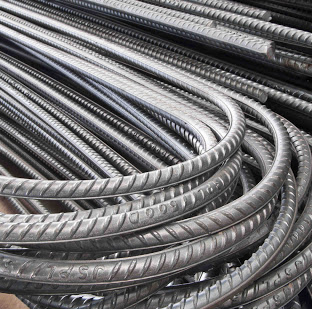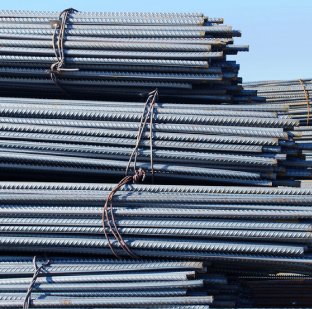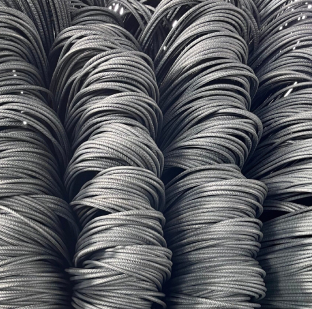TMT Bar
TMT bars are essential in modern construction due to their combination of strength, flexibility, corrosion resistance, and durability. Their ability to withstand both tension and compression forces, coupled with their resistance to environmental wear and tear, makes them one of the most reliable reinforcement materials used in the construction industry today.
Applications Uses
- Construction
- Manufacturing
- Residential Buildings
- Commercial & Industrial Structures
- Infrastructure Projects
- Seismic Zones
| Grade | Fe 600 |
|---|---|
| Shape | Square |
| Diameter | 20 mm |
| Material | Mild Ste |
| Length | 12 Meters |
- Heating: Steel billets are heated to a high temperature (around 1,000°C).
- Hot Rolling: These billets are then passed through a series of rolling mills to reduce their size and form the basic shape of the bars.
- Quenching: The bars are rapidly cooled by spraying water, which hardens the outer surface while the inner core remains relatively softer. This creates a strong outer shell and a ductile inner core, combining both strength and flexibility.
- Tempering: After quenching, the bars are tempered to relieve internal stresses and improve their overall toughness and flexibility.
- Enhanced Safety: The high tensile strength and corrosion resistance of TMT bars increase the safety and longevity of the structure.
- Durability: The corrosion resistance ensures that TMT bars can withstand extreme environmental conditions, reducing maintenance costs.
- Cost-Effective: Though TMT bars are stronger and more durable, they can reduce overall costs due to fewer maintenance needs over the lifespan of the structure.
- Flexibility in Design: TMT bars can be easily bent and shaped without breaking, allowing greater flexibility in construction design.
- High Strength: TMT bars are known for their high tensile strength, which is essential for reinforcing concrete and enabling structures to bear heavy loads.
- Corrosion Resistance: The outer surface of TMT bars is hardened, making them resistant to corrosion. This is especially important in environments with high humidity, exposure to chemicals, or areas prone to rusting.
- Ductility: Despite their strength, TMT bars are also ductile. This means they can stretch or bend under stress without breaking, which is vital for the structural integrity of buildings in earthquake-prone areas.
- Better Bonding with Concrete: TMT bars have a ribbed surface, which improves their grip or bonding with concrete. This helps the reinforcement to work better with the concrete and increases the strength of the overall structure.
- Fatigue Resistance: TMT bars show good resistance to fatigue, which is important for structures that face repeated load cycles or fluctuating stresses.



